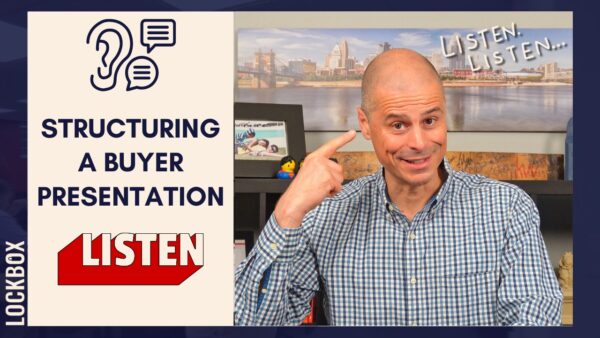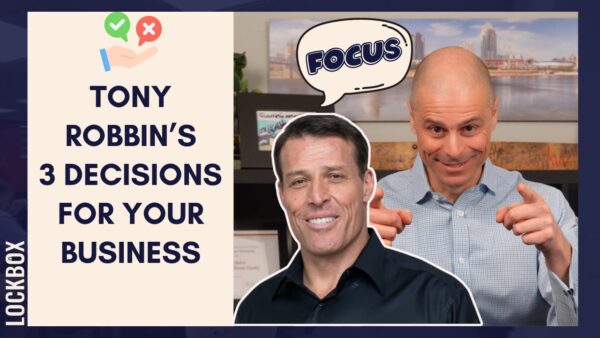The “Tie-Down” Close

Here’s a powerful communication tool that can significantly improve your communication and sales skills with clients: the tie-down technique. This pattern is not just a closing technique but a way to foster commitment and logical thinking in your clients. That can be very powerful when, as Realtors, we work in a highly emotionally charged time in people’s lives!
What Is the Tie-Down Technique?
The tie-down technique is a communication strategy used for two purposes: 1) to achieve mutual agreement with your client on a point; and 2) to align your clients’ emotional responses with logical decision-making. In real estate, clients often have emotional attachments to illogical beliefs or unrealistic expectations. For example, a seller might overestimate their home’s value, or a buyer might have an impractical wishlist for their budget. The tie-down technique helps you gently guide them from these emotional standpoints to a more logical frame of mind.
It’s also true that when someone agrees with you on a statement that you have made, they are more likely to agree with the next statement that you make.
The Power of Emotional Responses in Decision-Making
It’s a well-known fact that people generally make decisions based on their emotional responses. However, when emotions overshadow logic, especially in real estate transactions, it can lead to impractical or unachievable expectations. The tie-down technique is your tool to bring clients back to reality, helping them to see and understand the logical aspects of their situation.
Using Tie-Downs to Move a Conversation Forward
A tie-down is essentially a statement of fact followed by a short question or phrase that seeks agreement. This small addition to your communication can have a significant impact. Examples of tie-downs include phrases like:
- “isn’t it?”;
- “wouldn’t it?”;
- “couldn’t it?”;
- “shouldn’t it?”;
- “aren’t you?”;
- “won’t it?”; and
- “don’t you?”
encourage your clients to agree with a statement you’ve made, subtly guiding them to acknowledge and accept the reality of their situation.
Practical Examples in Real Estate
Imagine you’re working with buyers who have unrealistic expectations in a seller’s market. You might say, “We are in a seller’s market, aren’t we?” By adding this simple tie-down, you encourage them to acknowledge the market reality. Once they agree, you’ve established a common ground of understanding, paving the way for more rational and productive discussions.
Moving Clients from Emotional to Logical Thinking
The beauty of the tie-down technique is in its subtlety and effectiveness. By using a series of these tie-downs, you can guide clients out of an emotionally charged state and into a more logical mindset. This shift is crucial for helping them make informed decisions that are in the best interest of their family and finances.
Practice and Master the Technique
The tie-down technique is a skill that requires practice. As you incorporate it into your daily interactions, you’ll find it becomes a natural part of your communication style. This technique is not about manipulation; it’s about helping your clients think clearly and logically to make the most informed decisions for their family and finances, which is an essential part of your role as a Realtor.
Mastering the tie-down technique can be a game-changer in how you communicate with clients. It’s about guiding them to make well-informed decisions, removing the cloud of emotional bias, and focusing on what’s realistically achievable. Give it a try, and see how it transforms your client interactions.












